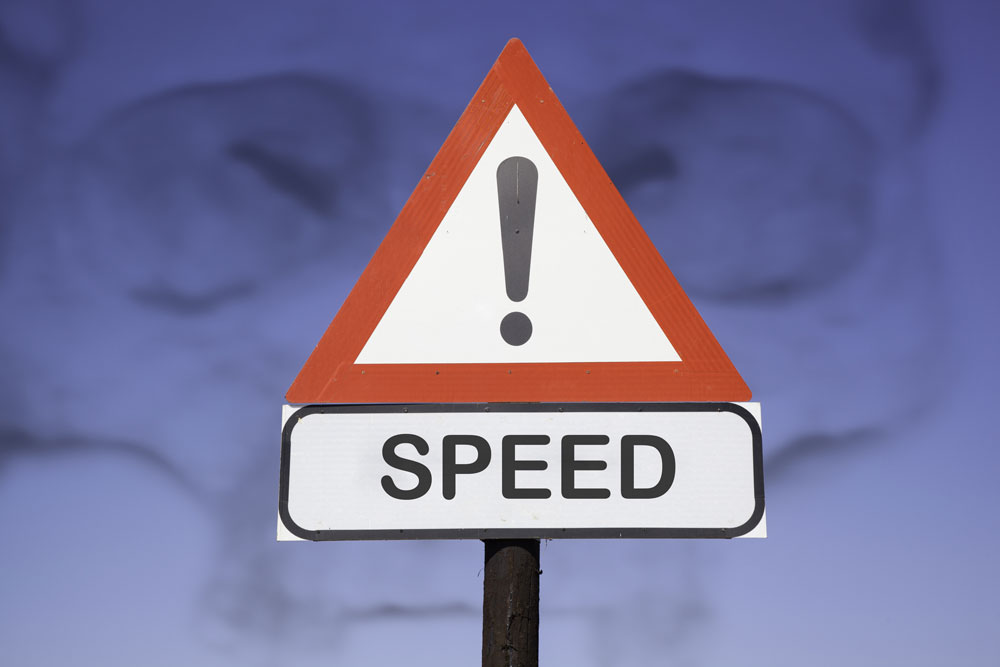Our Pumps | Speed Guidelines
"Speed Kills": We've all heard it before, but it applies to pumps as well.
There are many factors that affect pump wear including the shape, hardness, size and distribution of solids being pumped as well as the toughness of the pumps wear parts. However these can be controlled by running the pump at the proper speed. As a rule, doubling speed will triple wear.
For example, if the same fluid is pumped, the wear rate on the same pump when run at 400 RPM’s will be approximately 3 times greater than when run at 200 RPM’s. A pump of the same design run at 1750 rpms would wear roughly 32 times faster!!
Centrifugal pumps typically run at 1750 RPM’s or faster. That’s one of the major reasons that slow running positive displacements pumps are selected in preference to centrifugal pumps for abrasive applications. To cope with excess wear in abrasive applications, centrifugal pumps, such as recessed impeller pumps, have wide clearances. This reduces wear but the loose fit results in an inefficient, power-hungry pump. Because of this, a recessed impeller pump requires twice the power required by a rotary lobe pump.

Other types of centrifugal pumps are closer fitting and more efficient but then suffer from excessive wear. Most studies show that energy is 80-85% of the life cycle cost of a pump.
Viscosity (thickness/% solids) of the fluid also effects the best speed. The pump RPM’s must be regulated to allow thick fluids (such as certain sludges, molasses, SAE 60 Oil etc.) to fill at least 1/2 of the cavity to obtain satisfactory efficiency.
Our engineers are experienced in selecting the proper speed to match the viscosity of your product while delivering the pressure and flow you require.

